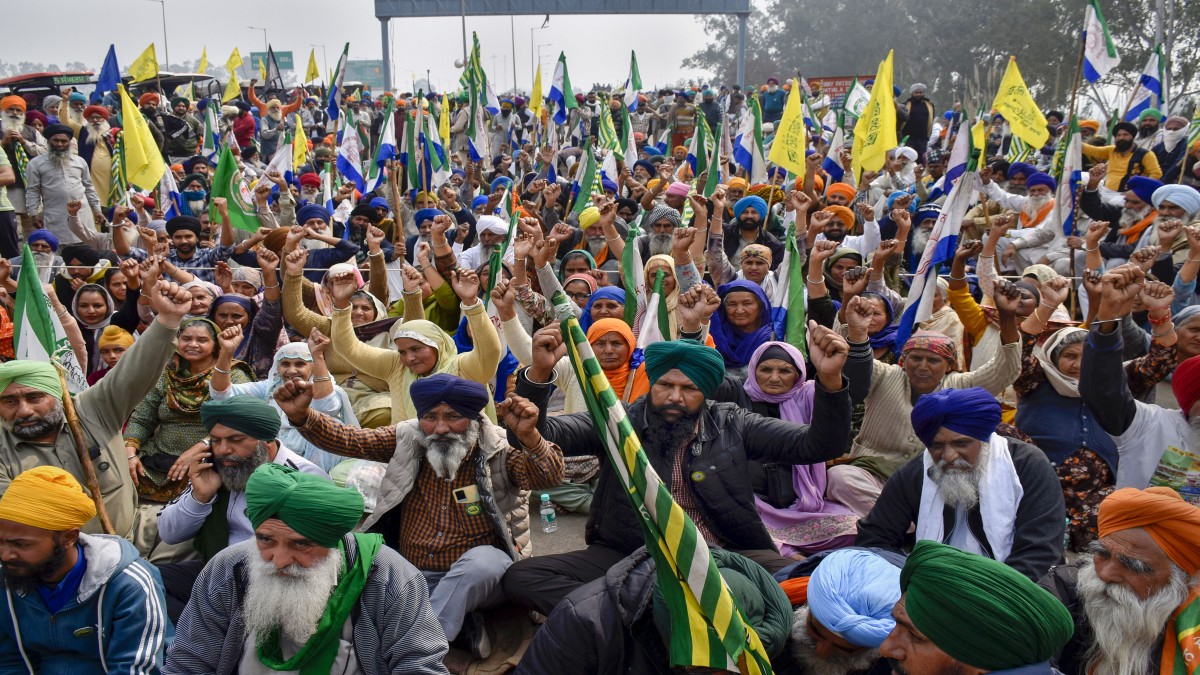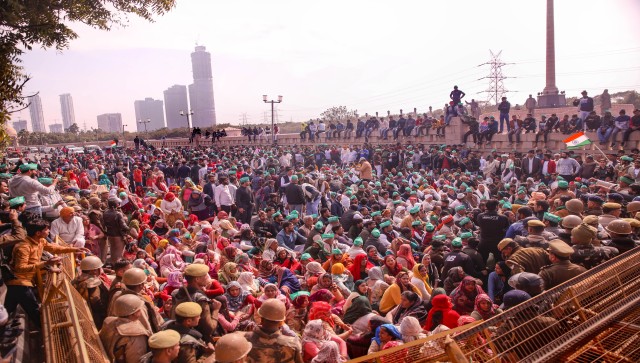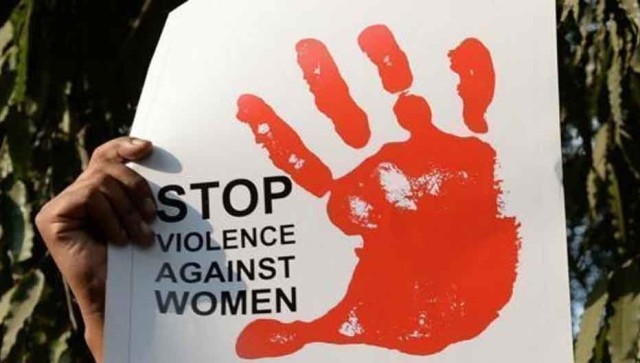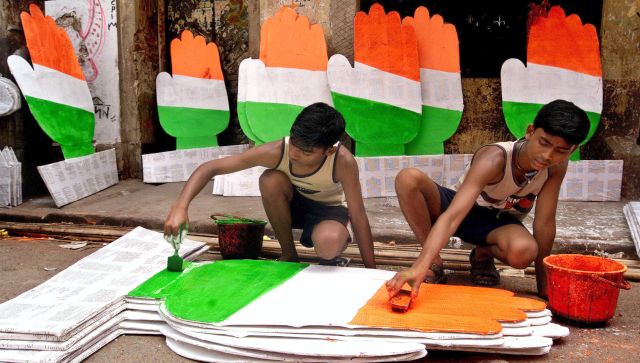Gurgaon: On 16 June, a five-year-old girl was brutally raped and abandoned near Sikandarpur metro station in Gurgaon. The girl was said to have been lured by a man who offered her food during a langar (community lunch). He later raped her.
In another recent incident on 27 June, two Delhi bound women were allegedly raped in a moving car. The victims were returning home to Delhi in a cab at 12.30 am after having been to a pub on MG Road in Gurgaon.
According to the National Crime Records Bureau, Haryana saw 6002 incidents of crime against women in 2012. Over the past six months, there have been 30 reported cases of rape in the city , which marks a sharp increase from the 50 reported over the year 2011-2012.
These rising statistics, however, may in fact point to some overdue good news in the now infamous suburb of the rape capital of India. According to women rights activists, Gurgaon police is finally taking steps to fight sexual violence against women.
“I think that while the actual incidents of crime against women may not have decreased, the new police commissioner has made a huge effort to step up the pressure on the reportage of such crimes,” Richa Dubey, an activist at last year’s Gurgaon Girlcott and resident of Gurgaon tells Firstpost.
Dubey says that this increase in cases, while shocking, may actually be a good sign. “While statistics show that there is an increase in such crimes, the increase in reportage is in fact a good thing. Before this, there has been a very low incidence of reporting such crimes,” she says.
“Earlier, local chowkies would not take complaints because they were worried that their crime records would get sullied. They would not take in complaints in order to keep their nose clean. We must understand that there is a difference in the number of actual crimes and reported crime,” Dubey says.
A United Nations Office on Drugs and Crime paper confirms the correlation between development levels and crime reporting, stating that “…different countries have been shown to have different levels of reporting of criminal incidents. This relates closely to the level of development of a society, which is most clearly reflected in the accessibility of the police.”
She says that while earlier it was almost impossible to report a crime against a woman (from her own personal experience of reporting about a woman who was being beaten up), the accessibility to the police has now eased with functioning women’s helpline numbers and a more sensitive police force.
Prevention remains weak
In the wake of headline-making rape cases, Haryana Police have issued a number of general safety guidelines for women, and declared their intent to enforce laws that were hitherto ignored.
According to the state’s labour laws, any registered formal organisation registered under the Punjab Shops and Commercial Establishment Act (1958), that employs women beyond 8 pm must “provide adequate security and proper transport facility to the women workers during the evening night shift”. It also states that the establishments must also “conduct an annual self-defense training workshop for the women employees” and ensure they board transportation in the presence of security guards.
But these stringent laws don’t protect the many women in the informal sector like domestic help, their families and college students.
“It’s not like crimes against women occur only after 8 pm, they also take place in broad daylight. There are a lot of loopholes in that law, but, I would say something is better than nothing,” says Dubey.
Then there’s also the factor that in our country, the law does not act as a deterrent because people use their muscle and money power to get away, says Dubey.
“Laws are not meant to prevent crime but to punish. It works to prevent crime only as a deterrent. But, in our country the law does not act as a deterrent because people know they can buy themselves off,” the activist says.
Activists also argue that rape prevention is not solely a law and order issue. “As cops how can they completely prevent such incidents? They can only help make the environment safer but to make our streets safer and is a collective responsibility and not just a police function,” she says, adding, “With a 1:5 ratio of police to personal security guards, with many police personnel not even being locals, how can we expect this?”
Kalpana Viswanath, an activist with the Safe Delhi Initiative, agreed. “The police have poor infrastructure and not enough officers to man the city. Only when they have this will they be able to provide an improved police presence and a sense of security and an improved system towards crime reporting,” she says.
According to Viswanath, alternate system of response, improved police presence especially in areas which have been identified unsafe and zero tolerance at the SHO level for failing to file FIRs are other improvements the police can make to improve the security situation of its citizens including women.
“While there seems to be some efforts by the current police administration, a lot still needs to be done. While the reported stats have seen a rise, a lot of incidents continue to be unreported,” she says.
Viswanath says that while the police must hire more officers, especially women, the recruitment should be carried out with care. “These hires must be trained well about how to tackle various cases, file FIRs correctly and also be sensitive to the victims. We need to strengthen the entire system – better helplines, better service at police stations, infrastructure at police stations, women police and even the change of attitude of the policemen themselves,” she says, adding, “There also needs to be a more holistic change right from the community to the way the city’s infrastructure is planned.”
Urban designer, Rwitee Mandal, is of the opinion that good urban planning has much to do with safety. “Gurgaon has not been planned at all. Period. There’s no plan keeping the city’s future growth in mind and this is a recipe for disaster,” she says.
“Streetlights and pavement may help improve visibility and many more people can see what’s happening, but there are also other things that need to be done. We need to have more boundary walls that are transparent so people can see what’s happening on the streets, more buildings overlooking the streets and we need to activate the street with hawker zones, peddlar zones, shops, etc. All of these make committing any crime more difficult,” Mandal says.


)




)
)
)
)
)
)
)
)